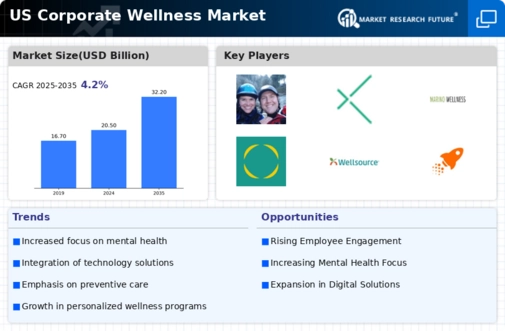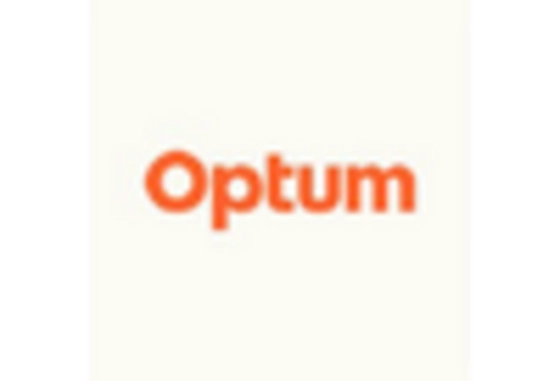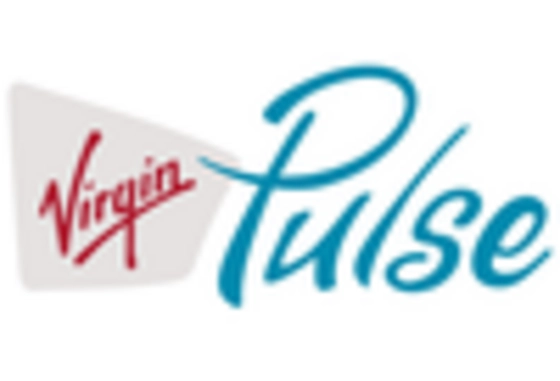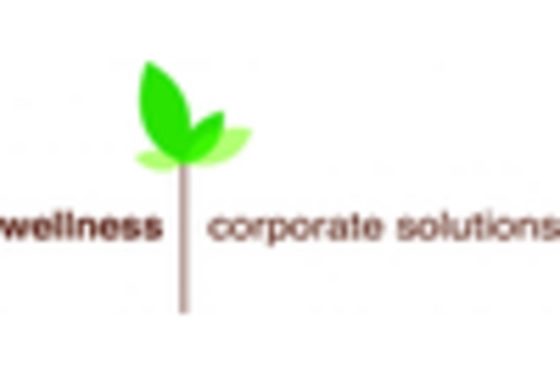Us Corporate Wellness Size
US Corporate Wellness Market Growth Projections and Opportunities
The corporate wellness market has grown significantly in recent years, reflecting a growing awareness of the importance of employee well-being. This market, which focuses on providing health and wellness solutions to employees in various companies, has expanded as organizations recognize the impact of a healthy workforce on overall productivity and success. The market size of the corporate wellness sector is substantial, with a notable increase in demand for these programs. Companies, both large and small, are investing more in initiatives that promote the health and well-being of their employees.
One key factor contributing to the expansion of the corporate wellness market is the changing nature of work, especially with the widespread adoption of remote and flexible working arrangements. The COVID-19 pandemic accelerated this shift, prompting companies to prioritize the physical and mental health of their employees. As remote work became more prevalent, companies sought comprehensive wellness programs to support their dispersed workforce. This increased demand has significantly contributed to the market's growth.
Moreover, the rise in lifestyle-related health issues has prompted companies to take proactive measures to address employee well-being. Sedentary lifestyles, stress, and other health concerns have become prevalent, leading organizations to incorporate wellness programs as part of their corporate culture. The market has responded to this need by offering a wide range of solutions, including fitness programs, mental health support, nutritional guidance, and stress management initiatives.
The market size is also influenced by the global push for preventive healthcare. Companies recognize the importance of preventing health issues before they arise, as this approach can lead to a healthier and more engaged workforce. Corporate wellness programs, with their emphasis on preventive measures, align with this overarching goal. Employers are increasingly investing in these programs to ensure that their employees have the resources and support needed to maintain a healthy lifestyle.


















Leave a Comment